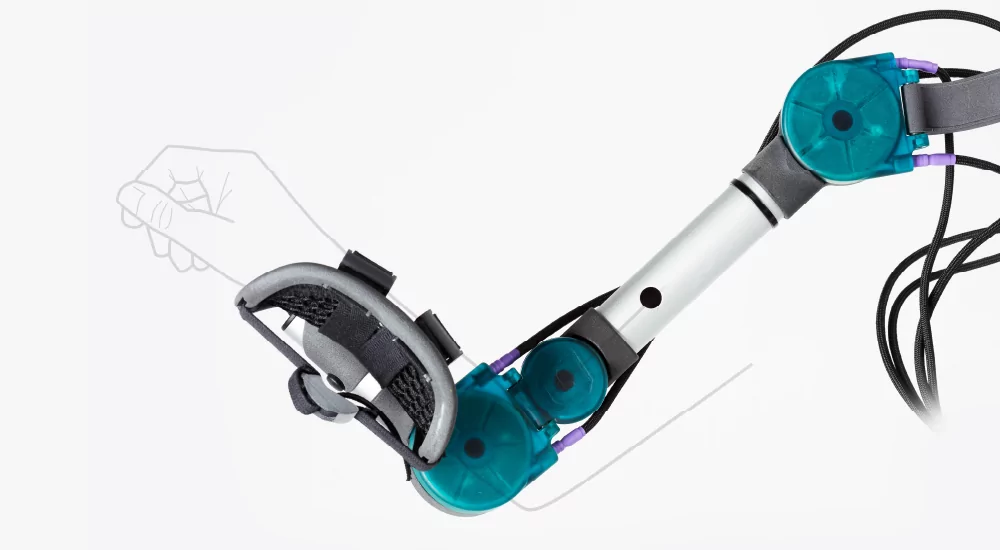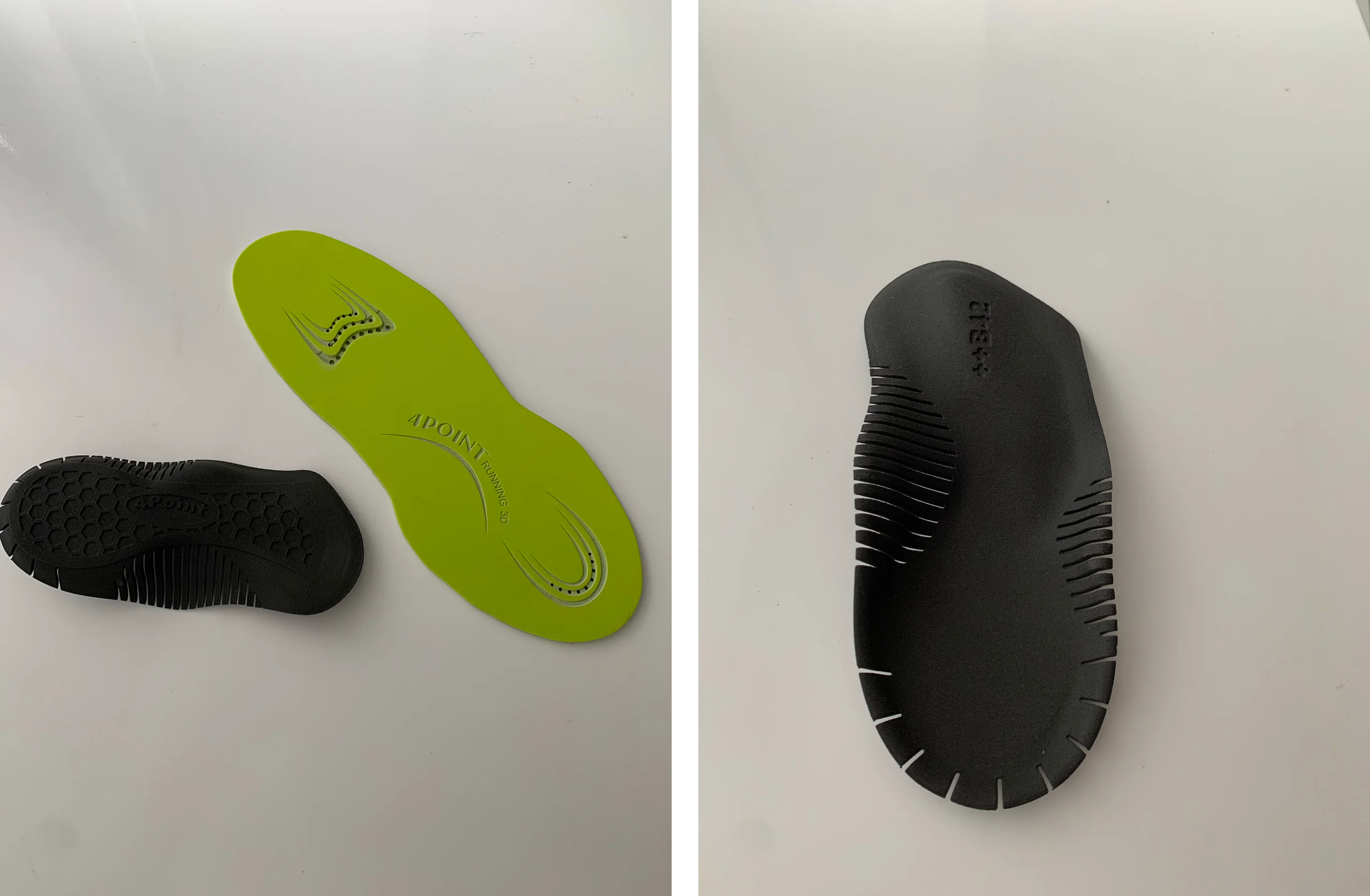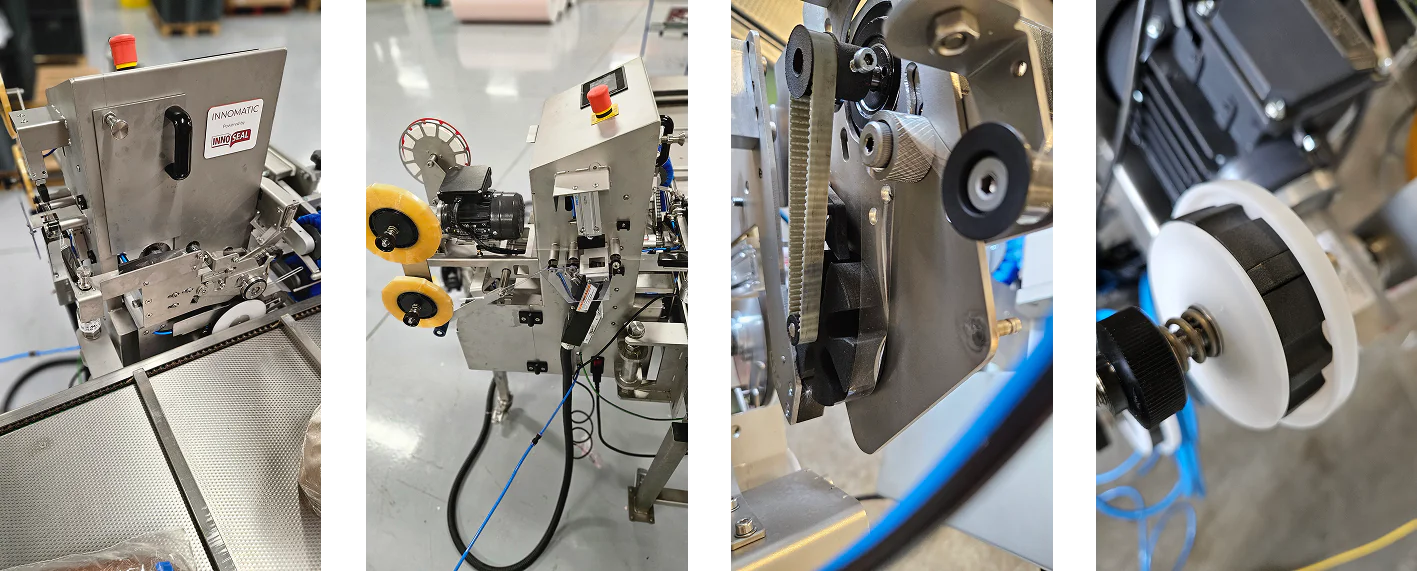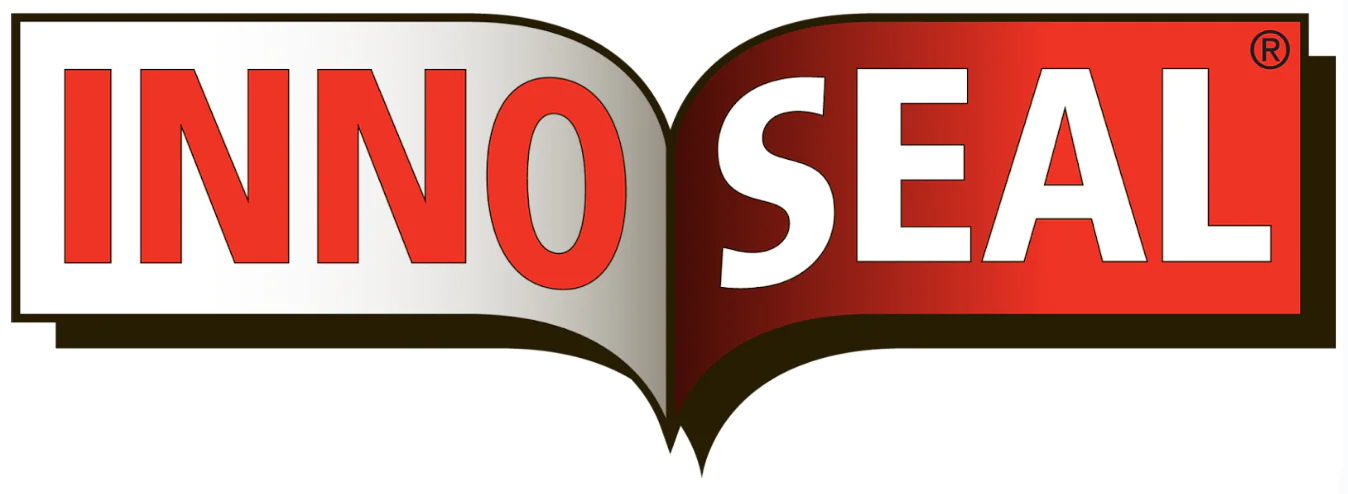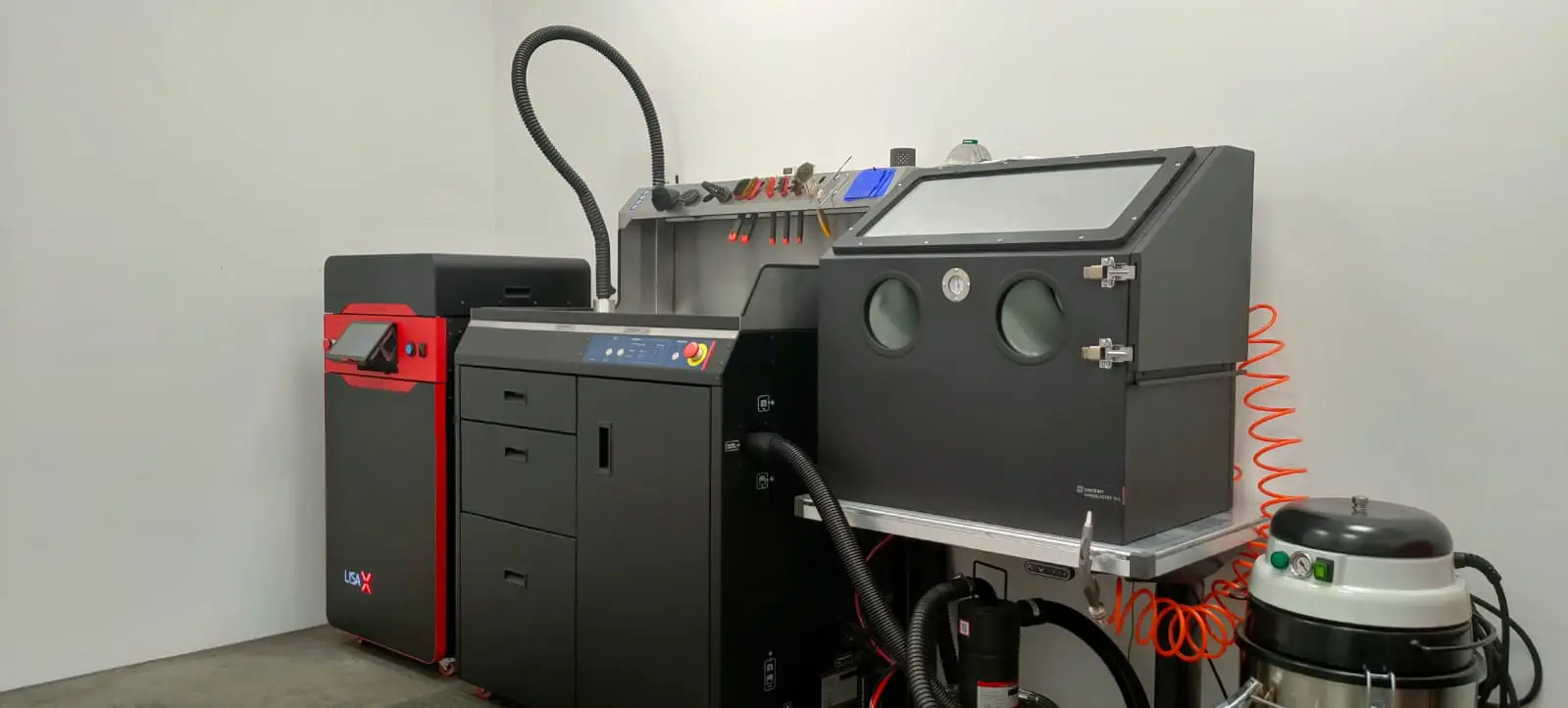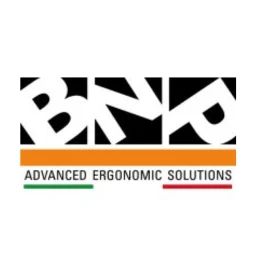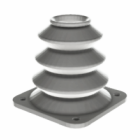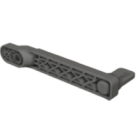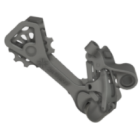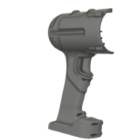Sinterit’s 3D-printing – exoskeletons
Sinterit, the world’s first producer of desktop SLS 3D printer, together with 3D designer created an exoskeleton arm – a solution that gives children with SMA possibility to move hands, draw, play and express themselves.
- creating a design concept compatible with the user’s needs
- prototype new products with innovative solutions not available on the market
- perform functional powder materials precisely dedicated to the specific requirements of the parts
New technology for medicine
The exoskeleton arm is a device that allows children to move hands, draw, play and express themselves – simply to do what kids love to do. The invention is extremely needed, especially by the children with SMA (Spinal Muscular Atrophy) who are not able to move their legs, arms, hands without specialized external supportive devices. SMA is a genetic neuromuscular disease, which means it is inherited and affects nerves responsible for muscle functions.
Sinterit wanted to design and create an affordable and easy to setup, dynamic support exoskeleton arm for kids, which is ready to use straight out of the box. The idea came out from parents of children with SMA, who couldn’t find an adequate solution. The project – from the beginning – is designed and improved by Bartłomiej Gaczorek from Cristal Cave.
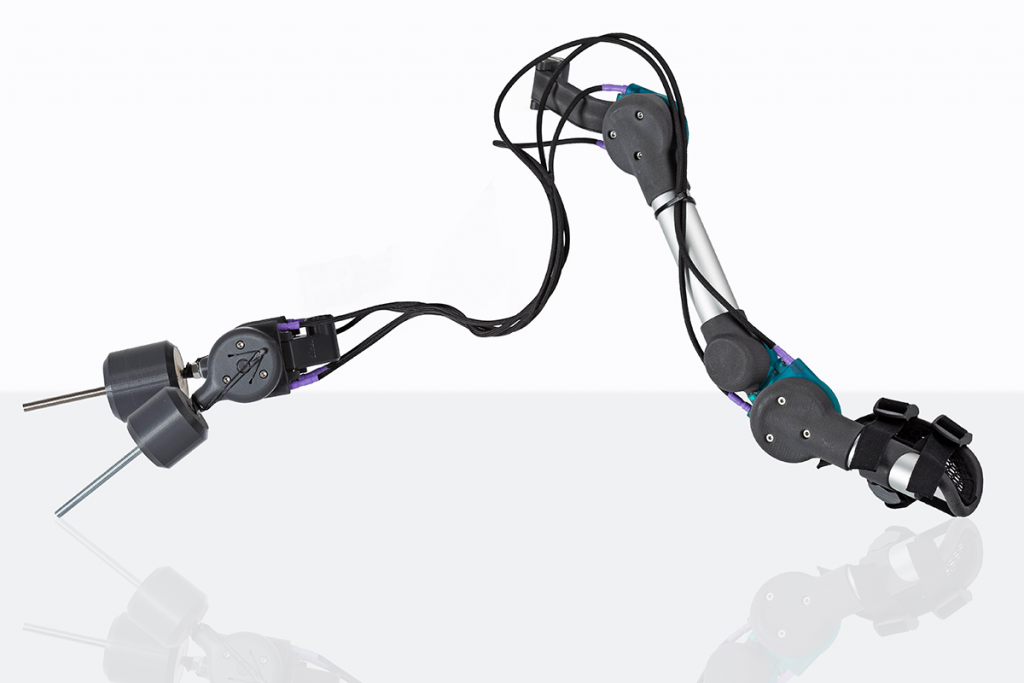
The designer started to work on the exoskeleton after a call of mother of a boy suffering from SMA. She knew that Gaczorek has an experience in “doing something in 3D”. Her 3-year old son has tested before some 3D-printed prototypes, but they haven’t been sufficiently appropriate for him and no other solutions were available at that moment. As designer noticed – the existing models have been great pieces of engineering, but they needed some improvements. He has been consulting the project with SMA children parents who understand the best their children needs, doctors and physiotherapists on each stage of development. It occurred that SLS 3D printing gives much more possibilities than other 3D technologies like FDM or SLA, because of its precision in printing, freedom of form as well as light-weight and strength of the material. Those features are important in preparing prototypes, but also in production of ultimate, unique, tailor-made parts of exoskeleton for each patient. The cooperation between the designer and Sinterit begun at the moment when production process kicked off – the necessary parts have been printed on Sinterit LISA and it worked perfect. Now they are working together to achieve success and create perfect exoskeletons for 3 children with SMA in Poland and in the further perspective – for other people in need.
“I chose Sinterit as it is the only desktop SLS in the world, which is affordable and reliable. With almost 3 years experience on the market it produces best quality high-precision prints” – underlines Bartłomiej Gaczorek (creator of exoskeleton design).
Learn more
Why Lisa PRO is perfect for prototyping?

Designing, testing and developing devices in short time
For Sinterit – child comfort and fun were always considered in the first place and determined the sleek look of the device and used engineering solutions. To reach that, it was essential to focus on maximizing the flexibility of use and driving methods.
The whole process of production, involving 3D SLS printing technique, was expected to be highly precise, time-efficient and as hands-free as possible, to save the time of kids waiting for the possibility to move their arms. Thanks to 3D printing and state-of-the-art design tools, Sinterit was able, by using its famous LISA – SLS desktop printer, to meet all of those requirements. Autodesk Fusion 360 renders complex movement analysis and shape optimization possible while internally complex parts can be only produced on high-precision 3D printing machine with high-strength, non-toxic materials. 3D printing allows to significantly shorten the time of the designing, testing and developing the stages of exoskeleton arm for kids. SLS 3D printing allows to preserve the required precision which is designed to work with the bearings in exoskeletons.
The prime thing was the usability and feeling connected with the using of the device by a disabled child. In the case of SLS, this feeling is definitely the best. The comfort of the child – the most important thing in the entire process – achieves the highest level.
SLS 3D-printing makes life better
Application of the 3D printing technology in the area of motor skills improvement is not a fancy daydream anymore. The use of a 3D printing technique resulted in creating internally complex shapes with sufficient precision what reduces total number of required parts. Support that has been recently added to Sinterit LISA (new sieve that allows to recycle the printing powder and additive easy to use software) makes the process of printing easier and more effective than ever before. But what’s most important – SLS parts are solid, extremely durable and lightweight, and that’s all increasing children comfort significantly.
There are still many fields in medicine associated with improving motor skills, where SLS 3D printing can be an alternative solution, easy-to-use and extremely precise. Exoskeleton arm for kids is just one of many possible uses.
The main thing is that Sinterit SLS solution is available today, affordable and easy to use.
- creating a design concept compatible with the user’s needs
- prototype new products with innovative solutions not available on the market
- perform functional powder materials precisely dedicated to the specific requirements of the parts
